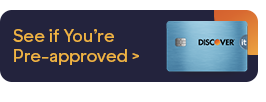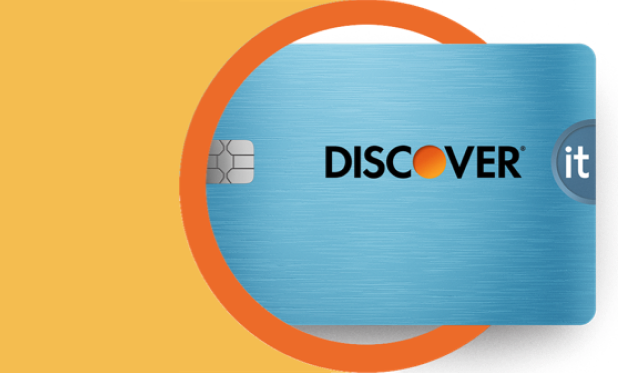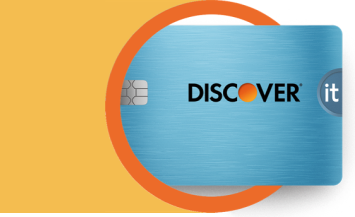If you have a smartphone, you have access to a digital wallet through your built-in apps (like Apple Wallet) or downloadable from your app store (like Google Wallet). A digital wallet stores your card information for easy access online or tap-to-pay card terminals. In fact, you can use digital or contactless payments in-store or online to auto-fill form information beyond your payment method.
Digital wallets come in three types—closed, semi-closed, and open. A closed wallet only interacts between you and a specific store, like a restaurant that gives rewards for using their app for ordering. With a semi-closed wallet like Zelle, the issuer or app has a contract at specific stores for payment acceptance. The most flexible digital wallet type is an open wallet like Apple Pay, Samsung Pay, Garmin Pay, and in-store with Google Pay. These open wallets work across most digital payment platforms.
Here are some popular reasons to start using a digital wallet to store your credit card in your phone.







